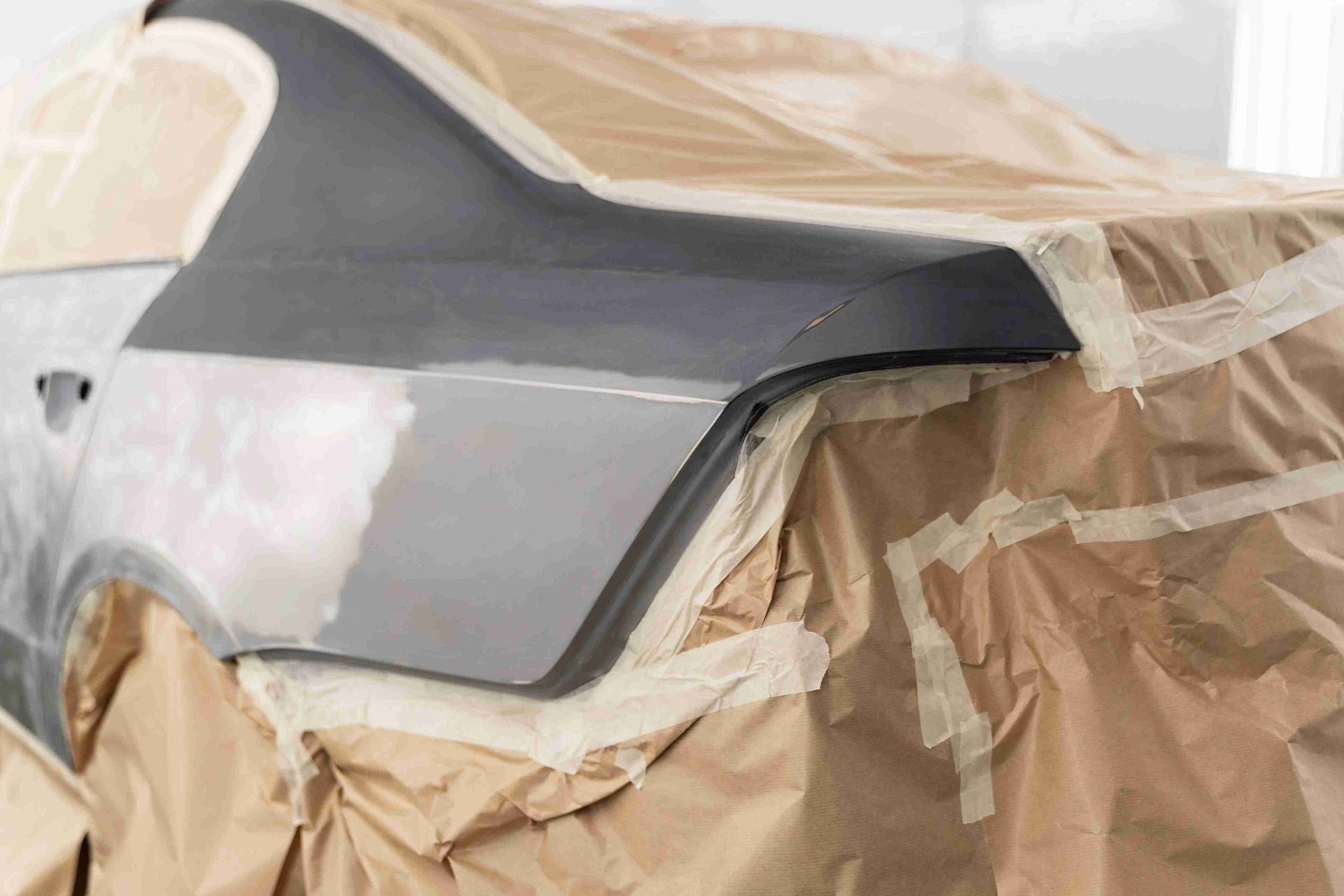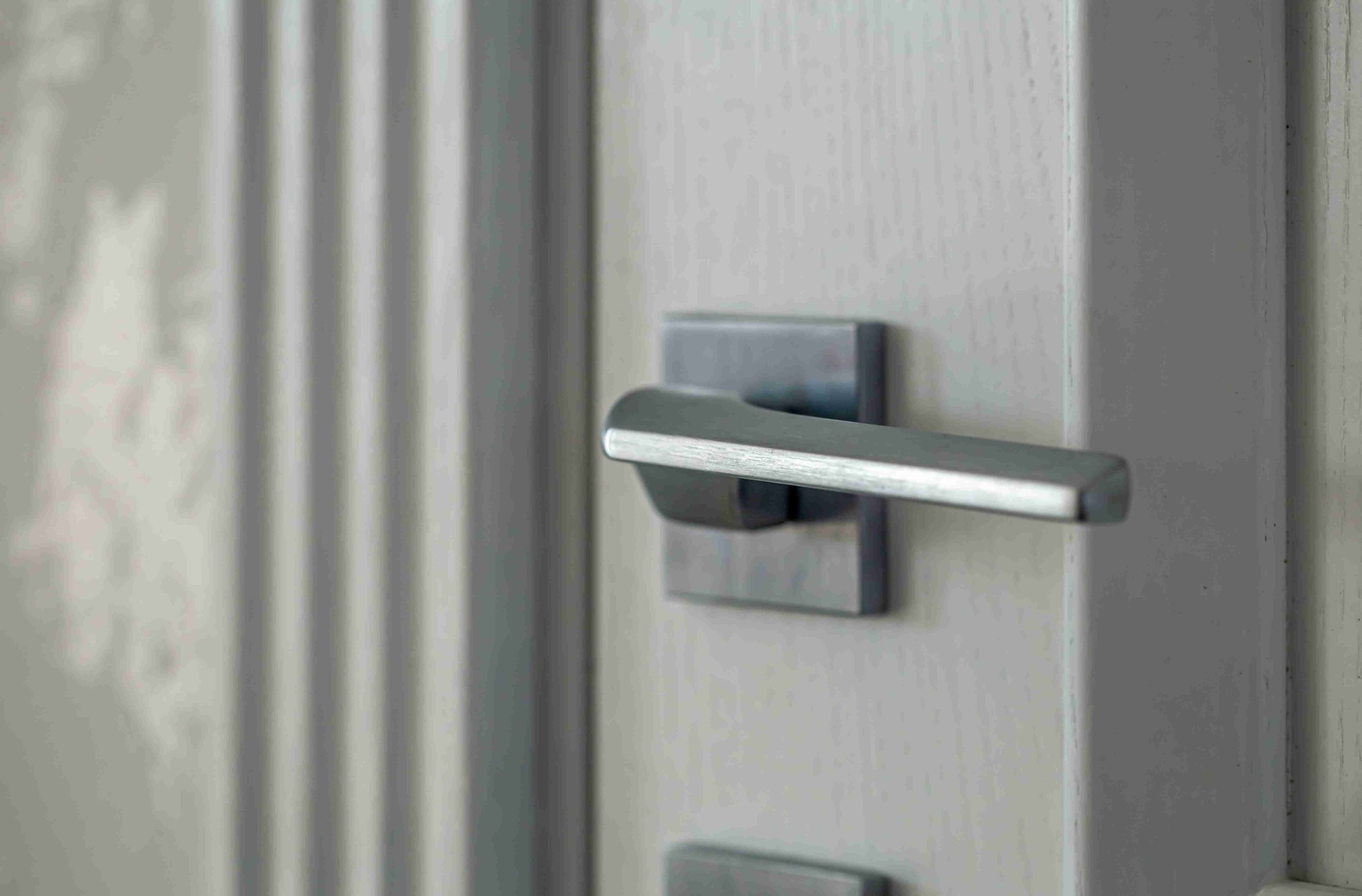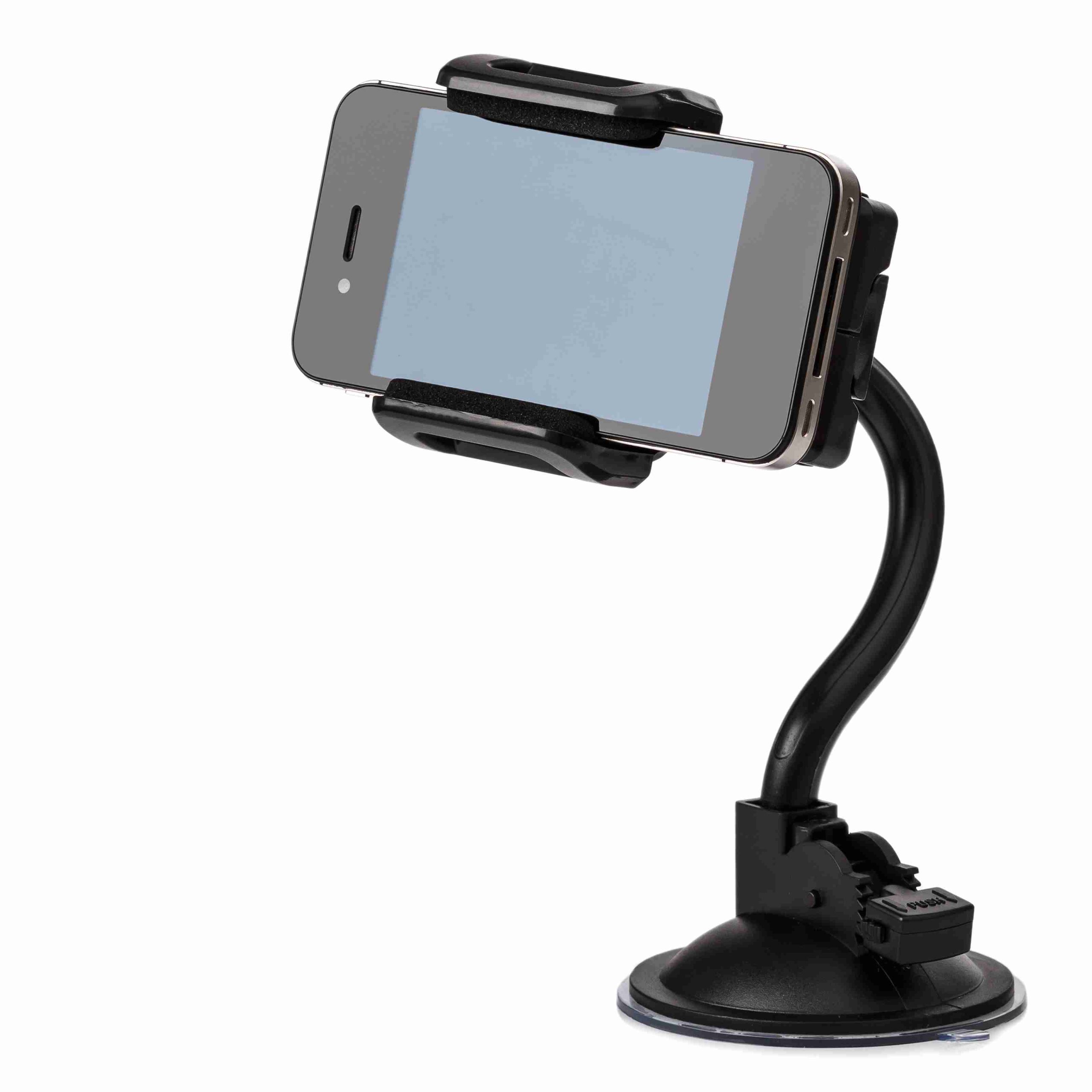The cars of today are not just mechanical devices, but sophisticated electronic ecologies. Electronic components are used in automobile design, including digital dashboards, smart sensors, and others, increasingly so. However, behind all the trustworthy modules and smooth interface, there is a system of manufacturing practices that is usually ignored.
Two such contributors (automotive electronic mold accessories and spray paint) quietly shape both the performance and presentation of in-vehicle electronics.
These technologies do not only construct housings or provide color, but determine reliability, integration, and life expectancy of all electronic systems installed in an automobile. So how does this union of form and purpose all tie-in at the production floor?
The Role of Automotive Electronic Mold Accessories in Precision Manufacturing:
Automotive electronic mold accessories are specialized components used in the injection molding process for creating housings, brackets, and enclosures for automotive electronic parts. These are connectors, sensor housings, ECU housings and infotainment module housings. As electronic systems get smaller and more complex, the tolerance and replication requirements are at an all-time high.
Ejector pins, sliders, lifters and core inserts are precision mold accessories that are designed to perfection to make even the tiniest of the parts fit together very well. These components have to be able to fit different wall thicknesses, sensitive internal geometries and fastening points all the time being strong under thermal and mechanical loading.
These accessories are frequently made out of materials such as high-quality steel or alloys that have been heat-treated so that they are not deformed during repeated molding processes. Their precision has a direct effect on the structural behaviour and dimensional stability of the resulting electronic housings.

In the context of contemporary car design, a design housing that is not made correctly may result in loose fitments, water intrusion, or signal interference. That’s why automotive electronic mold accessories are indispensable to ensuring the reliability of critical vehicle systems like ADAS sensors, control units, and electric drive components.
Surface Perfection: Why Spray Paint Matters in Automotive Electronic Housings
While molding provides the structural foundation, spray paint plays a key role in the visual and protective aspects of automotive electronics. It is used on electronic housings to enhance durability, protection against the elements and matching of components to the aesthetic vernacular of the vehicle interior or engine compartment.
The automotive electronics may be exposed to harsh conditions, as they are subjected to high heat, vibrations, humidity and chemicals. A carefully formulated spray paint coating adds a layer of resistance against corrosion, dust infiltration, and UV degradation.It also enhances the wear resistance of plastic and metal parts that are frequently handled or exposed.
Beyond protection, spray coatings are also used for functionality. For example, conductive paints are used for electromagnetic shielding in modules where electronic interference can affect performance. In infotainment systems, matte coatings reduce screen glare and fingerprints, improving usability.
In design-focused applications, spray paint allows manufacturers to color-match components with the vehicle’s interior or branding palette. Textured finishes, metallic sheens, or soft-touch coatings can all be achieved through controlled spraying techniques, offering a premium feel without altering the base mold design.
Coordinating Mold Design and Spray Paint for Durability and Aesthetics:
Mold designers and coating specialists have to work hand in hand to ensure both aesthetic and mechanical integrity of the product. The synergy between automotive electronic mold accessories and spray paint becomes evident when the finished component must meet exact tolerances while also sporting a flawless finish.
Surface texture of a molded part is determined by the quality of mold accessories such as inserts and cores and this directly affects the adhesion and curing of paint. A textured surface can be quite simple to prepare; a complex or porous texture can present problems of adhesion and may need priming.
In addition, designers should also consider the thermal expansion and also the compatibility of the chemicals between the molded substrate and the selected paint. Pre-treatment of parts is possible or plasma cleaning can be utilized to eliminate mold release agents and to facilitate coating.
This has been made better by automation. Robotic painting arms can apply spray paint uniformly with micrometer accuracy, while vision systems verify paint quality in real time. The molded components are processed under controlled climatic conditions to avoid contamination and several layers can be applied to enhance resistance.
This holistic design will make sure that all the housings, covers, or panels fit perfectly as advanced mold accessories make sure that they fit perfectly, but they are also perfectly finished by experts.
Trends: High-End Coating Techniques and Evolving Mold Accessory Standards
The need to be precise and personalized in the electronic parts is increasing as vehicles become more digitalized and user-centric. This trend is driving significant innovation in both automotive electronic mold accessories and spray paint technologies.
On the mold side, there is the trend toward modular quick-change mold accessories. They allow manufacturers to shift to new designs or trims quickly without recasting whole molds, something perfect in the current environment of fast and highly customized vehicles.
Laser texturing is also becoming popular, where mold surfaces can be laser textured to enable complex patterns or brand specific patterns to be moulded into parts. These textures interact uniquely with spray paint, producing brushed metal effects, gradients, or anti-slip finishes without requiring post-processing.
In the meantime, the coatings sector is adopting green materials and more intelligent formulations. Lower VOC emitting water-based paints are now feasible in high-performance environments. New premium vehicle segments are introducing self-healing coatings that can seal small scratches on a surface exposed to heat. Electronic modules are also being integrated with conductive, antimicrobial and thermal barrier coatings.
Together, these innovations mark a future where electronics aren’t just functional—they’re customized, protected, and beautifully integrated into the car’s overall design.
Conclusion:
The modern automotive electronics is not built on the circuit boards only, but also on the well-designed enclosures that serve to protect, improve and fit into the vehicle design. Through the precise work of automotive electronic mold accessories and the protective power of spray paint, manufacturers are able to meet the high standards of today’s vehicles.
These are two factors that are usually not considered, but they are necessary in making electronic parts that will last and perform well and are as good to look at as they are to believe. The more vehicles smarten up and become more connected, the larger the role of such smart manufacturing techniques will become.




